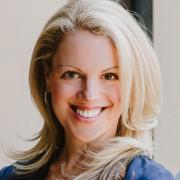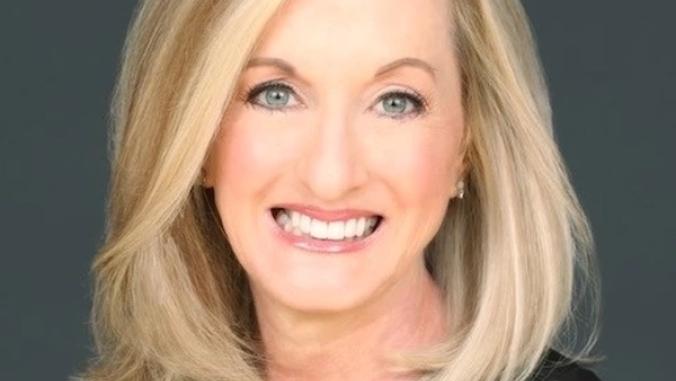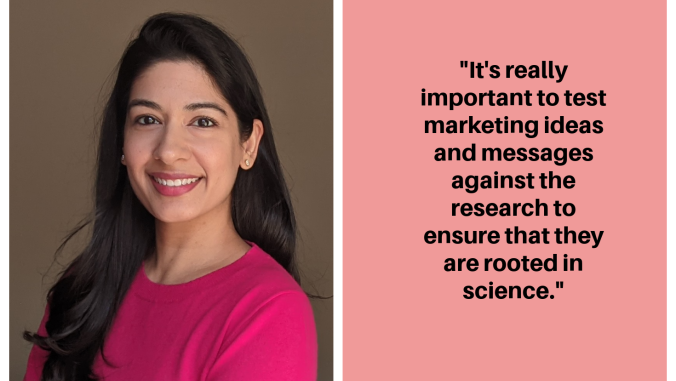In Texas, green builders fill a climate leadership gap
The Lone Star state is showing how green building leadership ripples out from the big cities to small towns.

The U.S. president missed a leadership opportunity by pulling America out of the global race to reduce greenhouse gas emissions, but the U.S. Green Building Council president has picked up the baton.
As Mahesh Ramanujam, CEO of USGBC, declared, the "surge of climate commitments and actions by the private sector, NGOs, governments, cities and states will only serve to strengthen the green building movement and keep pushing us forward." Running alongside him is a bipartisan team of innovators, professionals and businesses united around a single vision: healthy, efficient and equitable buildings, and communities for all.
As one who reported from Paris when the agreement was signed, I can affirm that the momentum around both private-sector and country climate commitments was tremendous. However, as a nearly lifelong Dallas-ite, I’ll also point out that until those ripples extend to small towns such as Paris, Texas, a limited understanding among mainstream Americans will impede progress.
Bridging the knowledge gap around the greening of buildings and construction is where the U.S. Green Building Council brings a much-needed voice.
According to the USGBC’s Green Building Economic Impact Study, the green construction market generated $167.4 billion in GDP in the United States, supported more than 2.1 million jobs and provided $147.7 billion in labor earnings in the period between 2011 and 2014. Between 2015 and 2018, green construction could generate an additional $303.4 billion in GDP, support 3.9 million jobs and provide $268.4 billion in labor earnings. The cumulative direct economic impact of national green construction results from myriad actions on the part of green building proponents, many of whom are also active in USGBC chapters.
"When I joined the USGBC North Texas Board of Directors in 2009, our collective goal was market transformation," said Thom Powell, architect and director of sustainable design at the Dallas-based design firm GFF. "At that time, building owners focused solely on construction costs and tended to pass along operation costs to the end user. Since then, through the [Leadership in Energy and Environmental Design] rating system and nearly a decade of local consumer education, end users are now rewarding projects that minimize operating costs."When I joined the USGBC North Texas Board of Directors in 2009, our collective goal was market transformation.
In the meantime, the quality of building spaces has improved due to the increase in scrutiny over the building process provided by LEED-accredited professionals. Additionally, cities such as Austin and Dallas now require a third-party review of a project’s stated green initiatives. "At GFF last year, over a third of our fees were related to projects pursuing LEED certification," Powell said. "During the same period, over 55 percent of our fees were related to work receiving a green review by a third party."
Since 1993, about 140,000 LEED professionals have worked to promote sustainability-focused practices in the building and construction industry. Since its introduction in 2003, LEED has become the leading international standard and top third-party verification system for sustainable structures.
What Washington remains unwilling to do, the U.S. Green Building Council is already doing. Through its vast community network, continuous collaboration with industry experts, market research publications and LEED professional credentials, the nonprofit is a driving force behind the market transformation phenomenon. That success could be the key to the equally critical goal of political transformation.
'Common sense' in a conservative culture
The USGBC’s success in disseminating greener thinking is nowhere more evident than in Texas. According to Nick Brousse, a D.C.-based project manager for USGBC, "Texas is one of our best markets for LEED building. The residential sector in Texas has the second most LEED-certified single and multi-family residences in the country."
As the owner of the second Platinum LEED-certified home in Dallas, I’ve witnessed both the evolution and popularization of the LEED standard since 2007. And as both a member and a director for the USGBC’s North Texas Regional Council, I’ve also had a front-row seat to the growth of the Texas Chapter.
"The Texas Chapter is firing on all cylinders. It’s the best collection of advocates and experts imaginable," Brousse said. Rather than coming from an environmental ideology, the Texas chapter employs a pragmatic, business-friendly approach that reflects and complements the state’s abundant alternative energy base, business-friendly atmosphere and rugged independence.The Texas Chapter is firing on all cylinders. It’s the best collection of advocates and experts imaginable.
The emphasis on the business case also translates into USGBC members’ advocacy efforts, most recently during Texas’ 85th legislative session. "The individual and business membership of the chapter has really helped their ability to influence elected officials," Brousse said.
Through a broad-based approach from the chapter’s volunteers, USGBC advocates "are able to convey the message that this is not a niche market, but one voicing concerns from across multiple sectors," said Jonathan Kraatz, executive director for the Texas chapter. "Advocacy is a great way for professionals to get involved and make a difference in the sectors of government that affect us on a daily basis. It’s also a way to learn the ins and outs of policy making — at the state, county, and local levels."
Charting its own course
"Regardless of the disarray in Washington, Texas is poised to chart its own course to a sustainable future with good leadership," said David Matiella, an architecture professor who chairs the state’s advocacy committee. As he explained in a post-legislative session Q&A, the pillars of environmental and economic development goals are not mutually exclusive. Whether they are blue-state or red-state in philosophy, "Texas leaders share a deep sense of responsibility on many issues."
"More than ever, there is a need for us to work together to devise solutions that will take our built environment in a positive direction to benefit Texans, and to do so in a way that’s environmentally sound," Matiella said. "We saw several of the bills that we threw our support behind make it to the governor’s desk. Anytime that this happens, it’s a big deal."
The failure of the U.S. government to support the global climate treaty does not necessarily signal a failure in Americans' willingness to take climate action, but it does suggest that the solution for reducing climate emissions may need to look different. As a national leader in promoting market-based solutions across the residential, commercial and industrial sectors, the USGBC is uniquely positioned to garner bipartisan support for sustainability at the state and local levels.
"You’re not going to get a better, smarter collection of individuals that know about this industry," Brousse said. "The membership is a collection of industry experts that live and breathe this stuff every single day."
He added: "USGBC Texas has done so well and the state is such a great market for us because they’ve built the business case. It’s a post-political argument that proves that the message can resonate anywhere."





